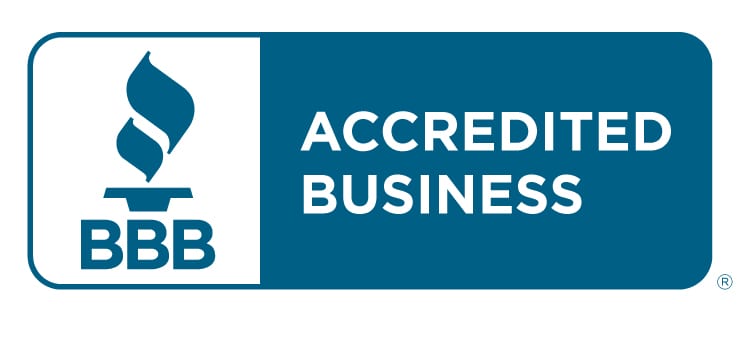
6 Tips for More Intimate Marketing
Is your content connecting with customers?
Effective marketing is — and likely always will be — a distinctly human-to-human endeavor. It’s important that your content cultivates intimacy with your audience and engages in a way that builds trust. And that’s not something you can fake (or pass off to AI robots).
So, how do you get more personal? Here are six tips to get you started.
1. Start with customer-first policies and practices.
If you start from a place of genuinely wanting to provide your customers with an authentic and positive experience, the content you create will naturally reflect those goals.
2. Stay in the conversation.
Don’t just put out content and call it a day. Stay engaged and moderate conversations as needed to ensure a welcoming environment for your audience.
3. Add context to data.
Talk to your customers like people. Try to humanize data with context instead of just throwing out stats and numbers and letting your audience fill in the blanks.
4. Tell customer stories.
Use narrative case studies to show the human element of your product or service, as well as to illustrate that there are real people who rely on and benefit from what you do.
5. Embrace micro-communities.
Going micro with your targeting is essential to making strong and sustainable connections. It can also help make your marketing more effective since the engaged individuals are more likely to be interested in your brand.
6. Reward loyalty, and say thank you.
Say you care — and show it, too. Loyalty programs are a great way to build positive relationships with your customers. And saying a genuine “thank you” is as human as it gets.
For help creating a more intimate marketing strategy, get in touch with us.







